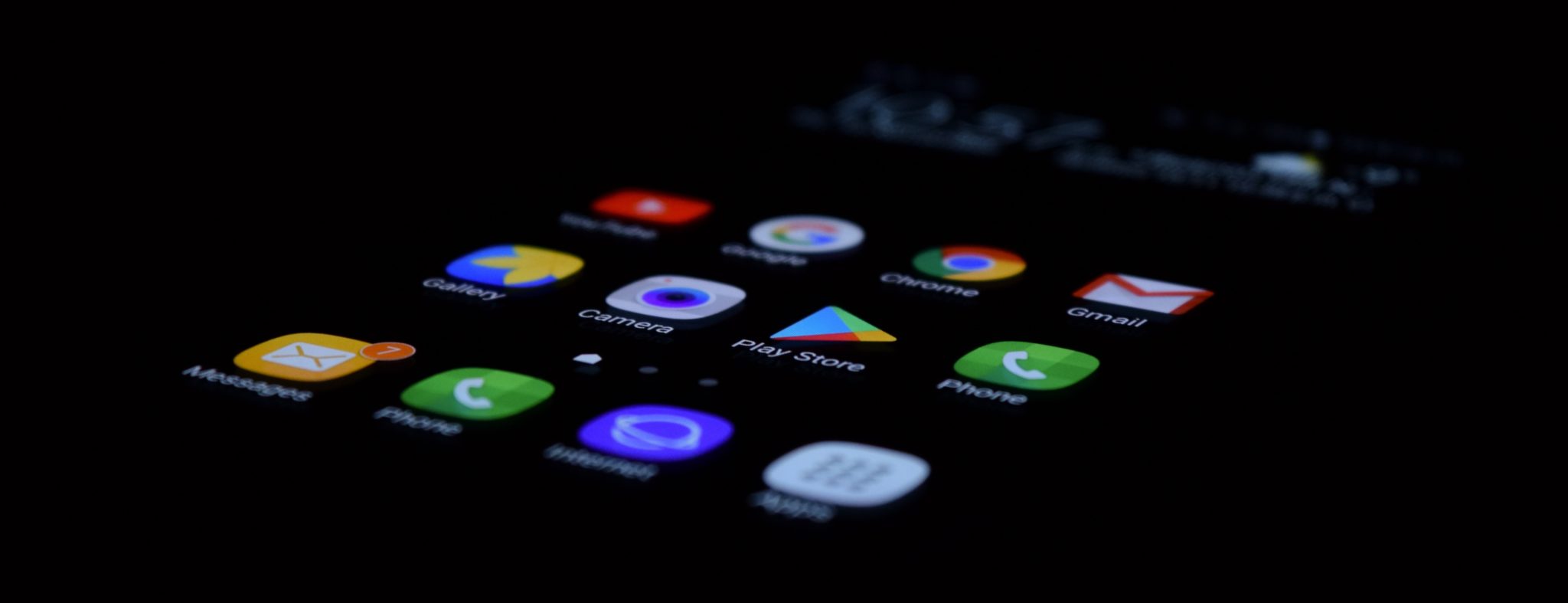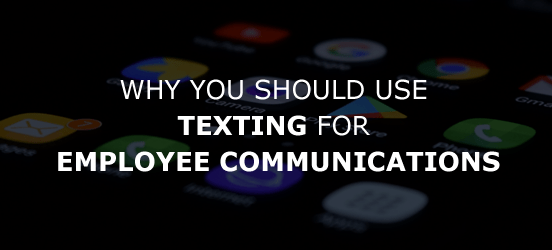
When you look closely at how a company operates as a whole, including the employees, communication is one of the largest factors in making it work.
While communication between HR managers and supervisors can be good, communication between the company and the employees can fall by the wayside because it’s hard to keep so many people engaged. SMS text messaging can actually make many facets of communication easier to achieve.
Here’s a look at some of the benefits of using texting for employee communication.
Texting simplifies the difficulties of recruiting new employees
Improving a prospective job candidate’s interest in a position at your company is all about communication and engagement right from the get-go during recruitment.
Using text messages, you can maintain an open line of communication with prospects, so they don’t lose interest or assume they will not be hired because of a slow onboarding process.
Once a new hire is in place, you can even use texting as a tool in training or to inform the new employee about necessary HR meetings, mentor programs, or available company programs.
Texting makes scheduling employee meetings easy
Getting employees together for a meeting, whether it is an open-enrollment meeting for benefits or an engagement meeting for potential mentoring candidates, is a hugely trying feat. Proper scheduling is hard because you need employee input to know when most will be available. Texting allows you to get feedback about scheduled meetings and deliver timely messages about meeting locations.
Texting allows fast feedback from employee surveys
HR can use surveys to improve company culture, but getting employees to the HR office to fill out a survey is hard to manage, especially in larger businesses with a lot of employees. With text messaging, you can send surveys to employees on their phones, and you will be more likely to get responses because recipients can complete the surveys in their own time.
This can be especially helpful if you use surveys as part of an employee mentoring program, as not all employees who are interested in a mentoring program will voice their wants by coming to the office.
Texting takes the guesswork and pain out of payroll
Payroll could easily be called one of the most time-consuming parts of HR responsibility in the workplace, and employees look at communication about pay as a top concern. Many components of payroll communication can be made easier through texting. You could:
- Send employees reminders about payroll changes through the holidays
- Send employees notifications when payroll checks are sent for deposit
- Allow employees to text their expenses to HR for payroll purposes
- Allow employees to submit timesheets via text messaging
When payroll-related communications happen via texting, both HR and the employee get a documented proof of the communication, so even things that can be lost in traditional conversation become less common.
Texting keeps employees informed about benefits
Benefits are a huge part of keeping your employees content, but oftentimes, communicating important changes, announcements, and programs can be a huge pain point for over-stressed HR departments.
As surprising as it sounds, about 40% of employees don’t know a lot about the benefits their employer has available, but texting could change all of that.
With texting programs in use, you can mass text your employees instantly about benefit information.
From onboarding new hires and mentoring individuals with goals in the company to keeping every employee informed, SMS text messaging definitely has room in the workplace. Make sure you are keeping open lines of communication between your company and the employees who make it function by integrating a text messaging plan into your HR practices.
About the author:
Joel Lee
Joel Lee is the SEO marketing specialist at Trumpia, which earned a reputation as the most complete SMS solution including a user-friendly user interface and API for mobile engagement, Smart Targeting, advanced automation, enterprise, and cross-channel features for both mass texting and landline texting use cases.




